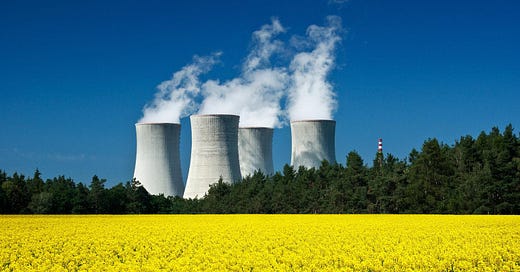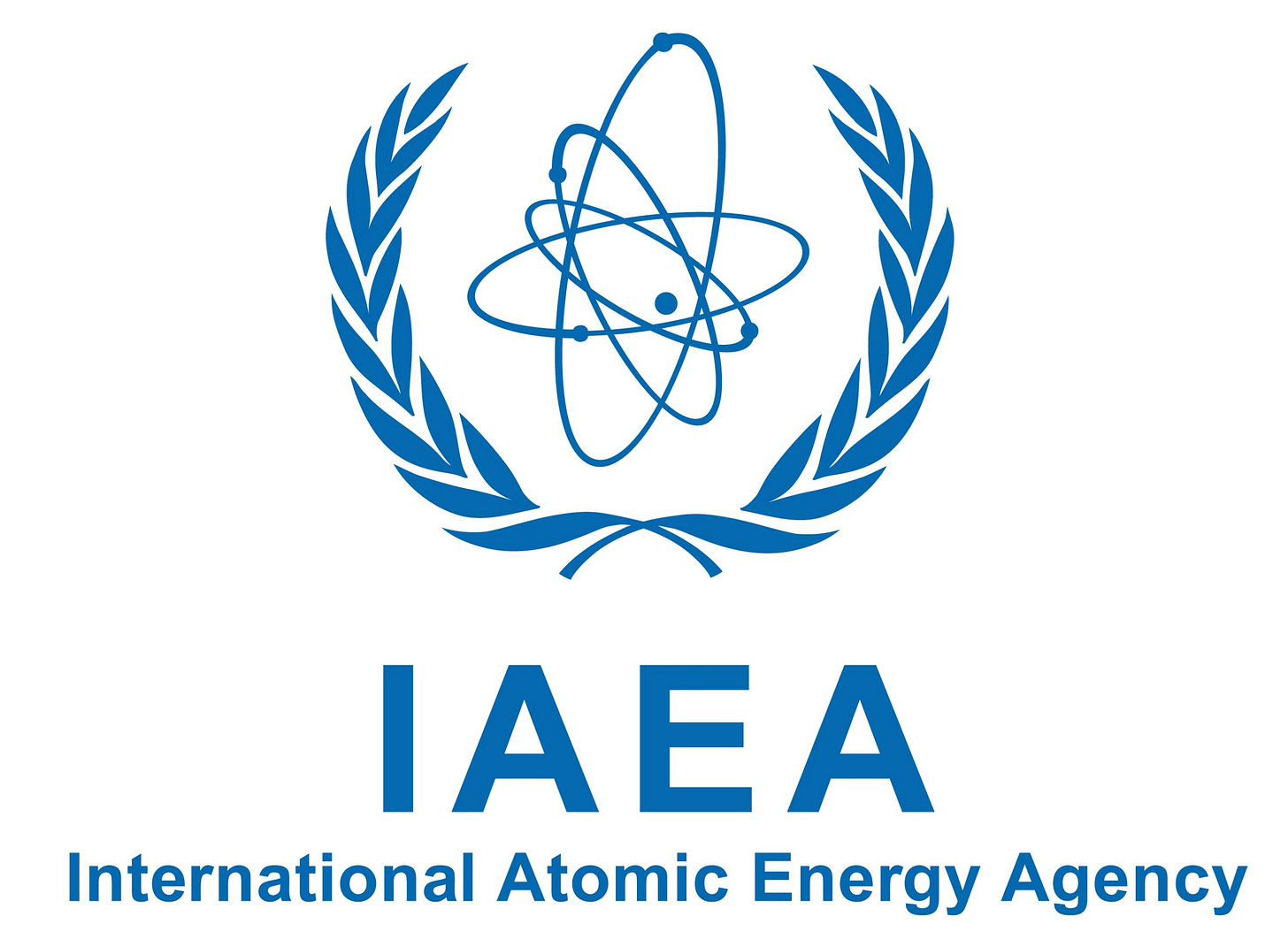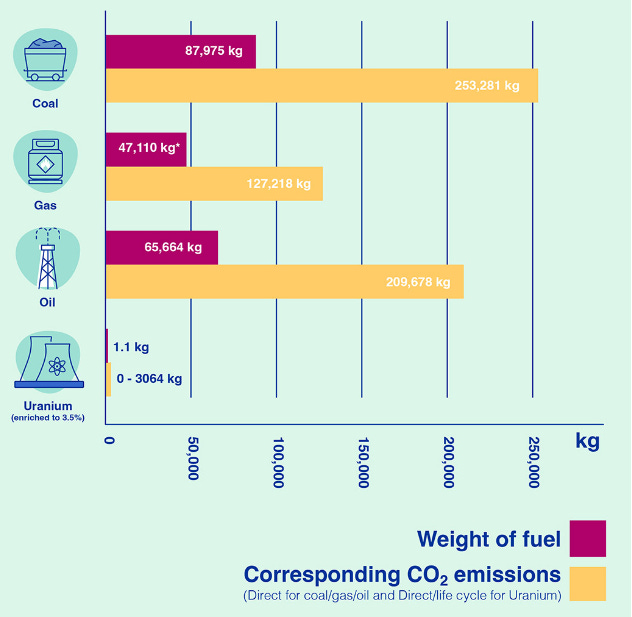The Energy Density of Fuels and Why We Need Nuclear Now
The Energy Density of fuels is a critical concept in the field of energy
Energy density is the energy content of a mass of a material, element, or energy carrier material.
Units of energy density may be expressed in Megajoules/kilogram. Below is a chart of the energy densities of common combustable materials.
Hydrogen: too bad H2 is so costly to collect, compress and transport, it has a significant amount of energy content per kg.
One can see that a lithium battery has the lowest energy density. This is why EVs weigh at least 35 % more than ICE vehicles - a large mass of lithium is required for an “acceptable” EV range. Additional EV weight includes wiring looms and ancillary equipment associated with the battery.
See:
Not shown in the energy density chart is nuclear or atomic energy, which has the highest energy density of any practical material known to man. For example:
E=mc^2, U-235 :
79,390,000 MJ/kg or 7.9 x 10^7 MJ/kg
To further illustrate:
Shown below is a relative mass vs emissions comparison if vs fossil fuels
Another useful graphic is derived from the DOE:
One Conclusion and Question to Ponder:
Given that the greatest source of “GHGs” is derived from electricity generation, doesn’t it makes much more sense to "burn" uranium instead of fossil to drive industry, keep the lights on, keep people warm, etc. ?
The hydrocarbons that we would normally burn could be used for modern materials and drugs for example.
Nuclear Now
https://www.nuclearnowfilm.com/watch














Thanks for the info. That the leftists/democrat party/Marxists will not support nuclear proves that their green agenda is only about de-growth and the power to control the citizenry. Nuclear, suppling abundant clean, less expensive energy would allow us to be more free and independent. The Marxists won’t stand for that.
One other aspect of density should be explored. That is personnel density required to generate and deliver the energy. The renewable crowd is boasting lately that employment in renewables have now exceeded those employed in the hydrocarbon Extraction and delivery business. That being the case, renewables supplies less than 5% of total energy. Hydrocarbons supply more than 80% of total energy. That means renewables require significantly more people to supply the same amount of energy. This is because the supply chain is much longer and complex for renewables.